
Agricultural extension must be close to the people, for the people, and for the people - Photo: VGP/LS
Agricultural extension must be close to the people, by the people, and for the people.
At the conference, delegates focused on discussing the situation of rearranging the agricultural extension system according to the 2-level local government model, implementing the Agricultural Extension Development Strategy to 2030, with a vision to 2050, and promoting public-private cooperation in the field of agricultural extension.
Reporting on the situation of the agricultural extension system arrangement, Mr. Nguyen Thanh Le, Deputy Director of the Department of Organization and Personnel (Ministry of Agriculture and Environment) said that the agricultural extension system nationwide is being reorganized in a streamlined direction, operating effectively and efficiently, in accordance with the context of the arrangement of 2-level local government.
The Ministry of Agriculture and Rural Development recommends that localities accelerate the establishment of Commune-level Public Service Centers under the direction of the Central Government; clearly define the functions, tasks, and powers of commune-level agricultural extension to provide basic and essential public services; at the same time, strengthen the community agricultural extension force and maintain the team of collaborators in villages and hamlets.
Director of the National Agricultural Extension Center Le Quoc Thanh affirmed: The agricultural extension force must be close to the people, by the people, for the people, that is the biggest, most comprehensive, and consistent goal. On that basis, the agricultural extension development strategy is built according to the agricultural economic thinking associated with market demand, organizing production according to the value chain, based on science and technology, innovation and digital transformation.
The goal is to create a breakthrough in productivity, quality, ensure food safety, serve the development of ecological agriculture , modern countryside, civilized farmers, protect the environment, adapt to climate change, improve and enhance the material and spiritual life of farmers.
By 2030: Digital agricultural extension, professional farmers, sustainable poverty reduction
Accordingly, the agricultural extension strategy identifies a series of specific goals by 2030. That is, 100% of State agricultural extension officers will have their professional titles standardized, be trained, and have knowledge of economics, markets, and digital transformation; 100% of cooperative officers, enterprises, and socio- political organizations participating in community agricultural extension teams will be trained in agricultural extension methods, new technical advances, economic knowledge, markets, and digital transformation.
Regarding professional farmer training, 100% of farmers participating in the chain in raw material areas are trained in processes, techniques, standards, quality regulations, production organization and market linkage.
Regarding technology transfer and agricultural extension models, there are models and agricultural extension projects focusing on synchronous transfer of technical solutions, advanced technology, production organization and linkage according to value chains; 100% of model products meet quality standards, food safety, and environmental protection; economic efficiency increases by over 15%, input costs decrease by over 10% and are replicated in the value chains of key industries.
Regarding agricultural extension associated with poverty reduction, this strategy strives for over 70% of communes in difficult and extremely difficult areas to build agricultural extension models for poverty reduction, creating stable and sustainable livelihoods for poor farmers; over 50% of agricultural extension training courses are deployed on digital agricultural extension platforms; 100% of agricultural extension technical documents are digitized and disseminated on the digital agricultural extension system; 100% of agricultural extension model products and projects are introduced and promoted on e-commerce platforms or digital environments.
This is an important foundation for agricultural extension to shift from "making a movement" to providing professional services with addresses, value chains and markets.
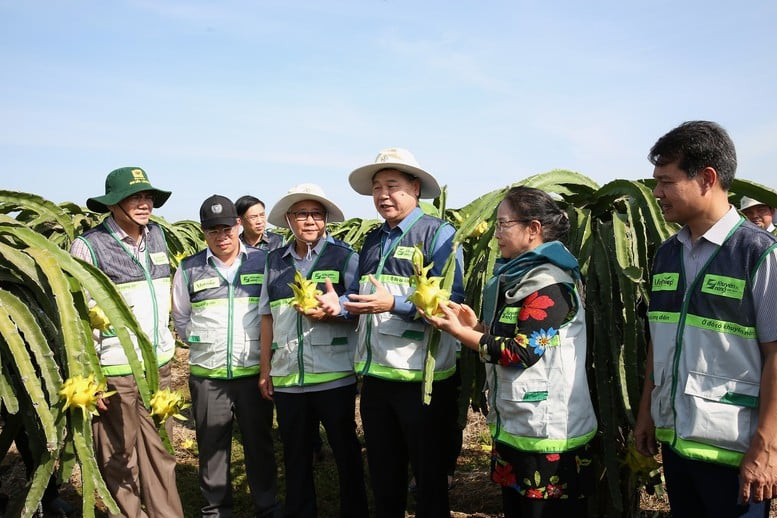
Delegates visit 400 hectares of organic yellow-skinned dragon fruit of Trung Binh Cooperative, Ham Thuan Commune, Lam Dong Province - Photo: VGP/ Le Son
Public-private partnership: 'Heavenly time, geographical advantage, and human harmony' for the agricultural ecosystem
One of the issues highlighted at the conference was public-private partnership between grassroots agricultural extension agencies and businesses. Deputy General Director of Loc Troi Group Pham Thanh Tho proposed building a model of close cooperation between the government, the agricultural extension system, farmers and businesses as a component of the agricultural value chain.
Mr. Pham Thanh Tho said that leading enterprises with resources, responsibility and close ties with farmers must play a leading role in this model.
He emphasized: "With the strong and specific direction of General Secretary To Lam and the current legal basis, it can be said that this is the time of 'heavenly time, favorable location, and harmony' to implement public-private partnership in the field of agricultural extension". Especially, in the context that the Government is implementing the Project of 1 million hectares of high-quality, low-emission rice cultivation associated with green growth in the Mekong Delta by 2030, public-private partnership is not only an option, but an urgent requirement to implement the "grand strategy for the agricultural economy".
According to Loc Troi Group, the National Agricultural Extension Center plays a pivotal role in planning and providing specific direction through the issuance of regulations and rules on public-private partnership and monitoring implementation.
Thus, the role of the provincial agricultural extension centers is to organize implementation through signing public-private partnership agreements with enterprises; establish provincial-level executive boards, coordinate, provide professional support and tasks in accordance with State regulations and local production practices; People's Committees of wards and communes perform the function of inspecting and supervising public-private partnership activities in the area.
Notably, the early establishment by localities of public service units to provide basic, essential public service services in many sectors and fields (culture, sports, tourism, information, communication, environment, agricultural extension, urban areas, etc.) according to the 2-level local government model will be an important "support" for public-private cooperation in agricultural extension to come into life.
In this model, grassroots agricultural extension officers are identified as the subjects signing public-private coordination contracts on value chain linkage, growing area development, technical progress transfer, etc. in accordance with current regulations and rules.

Deputy General Director of Loc Troi Group Pham Thanh Tho speaks at the conference - Photo: VGP/Le Son
Enterprises get large raw material areas, farmers get high profits
On the business side, the clearly designed role is to develop a specific cooperation plan and submit it to the National Agricultural Extension Center for appraisal and approval.
At the provincial level, enterprises sign a memorandum of understanding on public-private cooperation with the director of the provincial agricultural extension center; send leaders to participate in the executive board of the provincial public-private cooperation program on agricultural extension; directly develop plans for raw material areas by season and by year; sign public-private cooperation contracts with grassroots agricultural extension officers; and implement linkage contracts with farmers.
Participating enterprises must be enterprises or groups of enterprises operating in the agricultural sector, meeting conditions such as having a set of agricultural materials, rice varieties and appropriate processes and solutions for rice cultivation according to the Government's Project of 1 million hectares of high-quality rice and emission reduction.
There are agricultural machinery and equipment (spraying, spreading fertilizer, sowing seeds, etc.), a team of experts and technical staff directly participating, along with a technology software system to monitor and record farming logs.
According to Mr. Pham Thanh Tho, public-private partnership in agricultural extension helps to concretize the State's orientation and policies, create tools to improve management efficiency, mobilize more business resources, reduce budget pressure, and speed up progress to achieve the goal of the Project of 1 million hectares of high-quality, low-emission rice.
In terms of socio-economics, this cooperation will promote the transition to modern, green, circular agricultural production according to the value chain, forming concentrated raw material areas with synchronization in varieties, technical processes, product output, supporting planning and reorganizing agricultural production in the long term.
At the same time, concretize the linkage of 4 parties (State - scientist - farmer - entrepreneur) in production organization and technology transfer.
In particular, when participating in public-private partnerships, businesses have large-scale raw material areas with stable quality, clear traceability, and a technical team that understands farmers and the area. This is an important condition for businesses to deploy advanced farming processes, new products and services, and at the same time build and enhance agricultural product brands.
For farmers, the benefits are very specific in reducing input costs, thereby increasing profits, having stable contracts, reducing dependence on traders and market fluctuations, and accessing and improving farming skills through the application of new scientific and technological advances.
Shifting grassroots agricultural extension from 'propaganda' to 'technology transfer'
In order for the public-private partnership model in the field of agricultural extension to truly come into life and operate effectively, Loc Troi Group has made 5 specific recommendations and proposals:
Firstly, the State needs to issue separate regulations and guidelines on public-private partnership in the field of agricultural extension, because currently the PPP legal framework mainly applies to infrastructure and other public services.
Second, the Ministry of Agriculture and Environment needs to issue a document assigning the National Agricultural Extension Center to take responsibility for coordinating public-private partnerships in agricultural extension, as a unified legal basis for implementation.
Third, the National Agricultural Extension Center builds and issues a separate legal framework for PPP-connected agricultural extension, which clearly defines the roles, responsibilities, and rights of the State, enterprises, and agricultural extension forces.
Fourth, the National Agricultural Extension Center needs to develop a specific project and action plan to unify the entire system in innovating the way agricultural extension operates in the direction of shifting from "agricultural extension propaganda" to "agricultural extension consulting and technology transfer".
Fifth, local leaders and the agricultural sector need to support, direct, and assist in establishing a public-private partnership steering committee in the agricultural extension sector at two levels according to the new government model, creating conditions for grassroots agricultural extension to truly become an "extended arm" of businesses and the State.
According to Deputy General Director of Loc Troi Group Pham Thanh Tho, when these 5 recommendations are realized, the public-private partnership model between agricultural extension and enterprises will bring practical results for both the State - farmers - enterprises: the State has effective policy tools, enterprises have raw material areas and brands, farmers have higher and more sustainable income. That is also the way for grassroots agricultural extension to leave the "safe propaganda zone" and enter a new role - a center for technology transfer and connection of modern agricultural value chains.
Le Son
Source: https://baochinhphu.vn/khuyen-nong-bat-tay-doanh-nghiep-thien-thoi-dia-loi-nhan-hoa-cho-1-trieu-ha-lua-chat-luong-cao-102251114105138165.htm



![[Photo] Unique architecture of the deepest metro station in France](https://vphoto.vietnam.vn/thumb/1200x675/vietnam/resource/IMAGE/2025/11/14/1763107592365_ga-sau-nhat-nuoc-phap-duy-1-6403-jpg.webp)
![[Photo] Special class in Tra Linh](https://vphoto.vietnam.vn/thumb/1200x675/vietnam/resource/IMAGE/2025/11/14/1763078485441_ndo_br_lop-hoc-7-jpg.webp)

![[Photo] Unique art of painting Tuong masks](https://vphoto.vietnam.vn/thumb/1200x675/vietnam/resource/IMAGE/2025/11/14/1763094089301_ndo_br_1-jpg.webp)

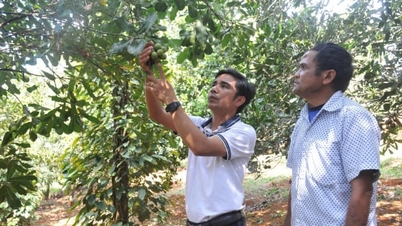






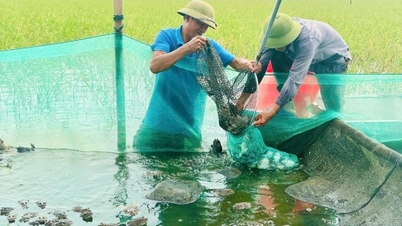





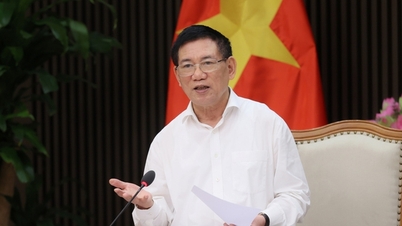
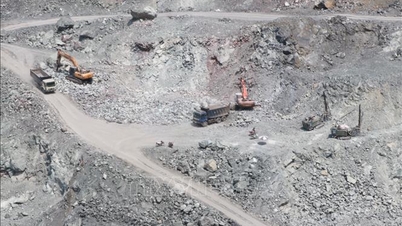







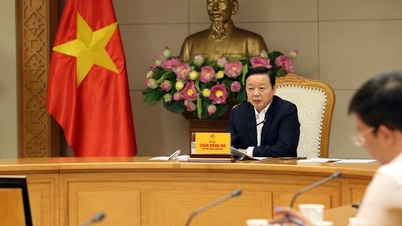
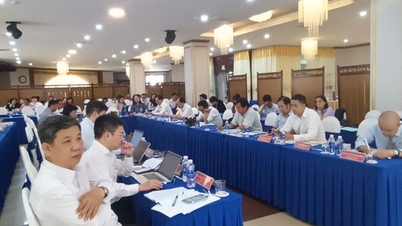

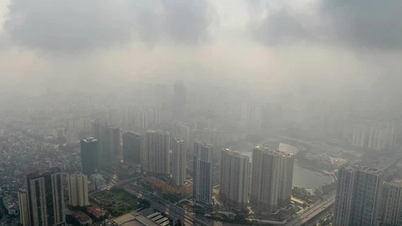
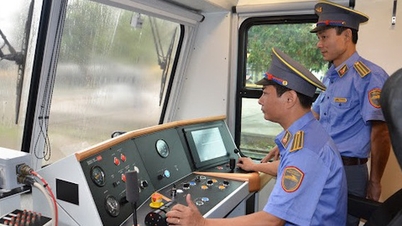









































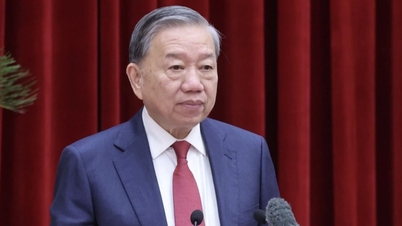






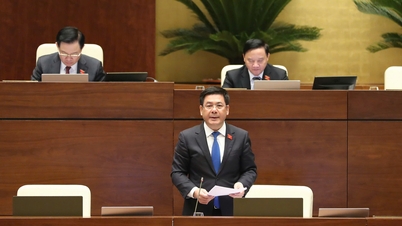

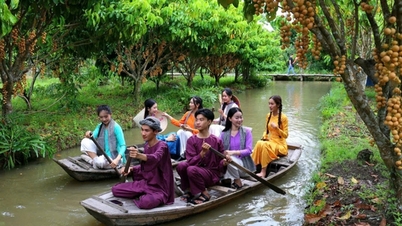


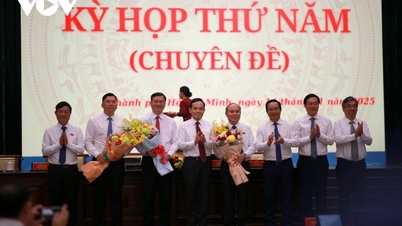

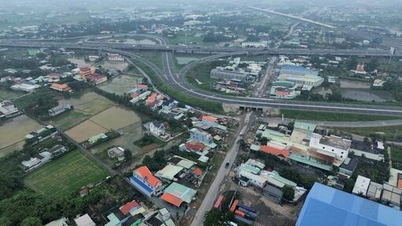



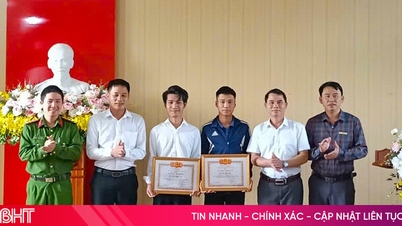

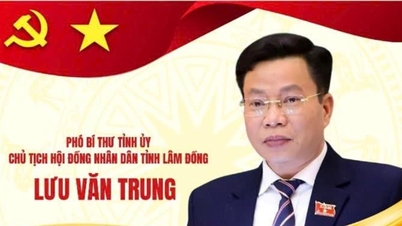


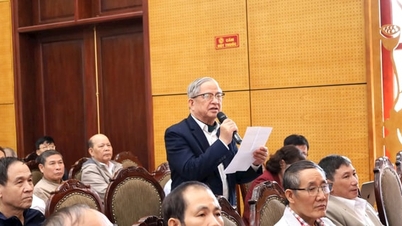

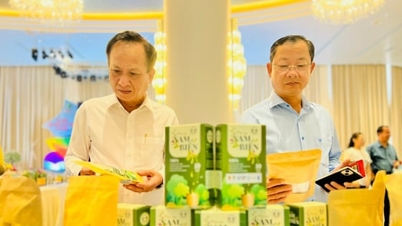








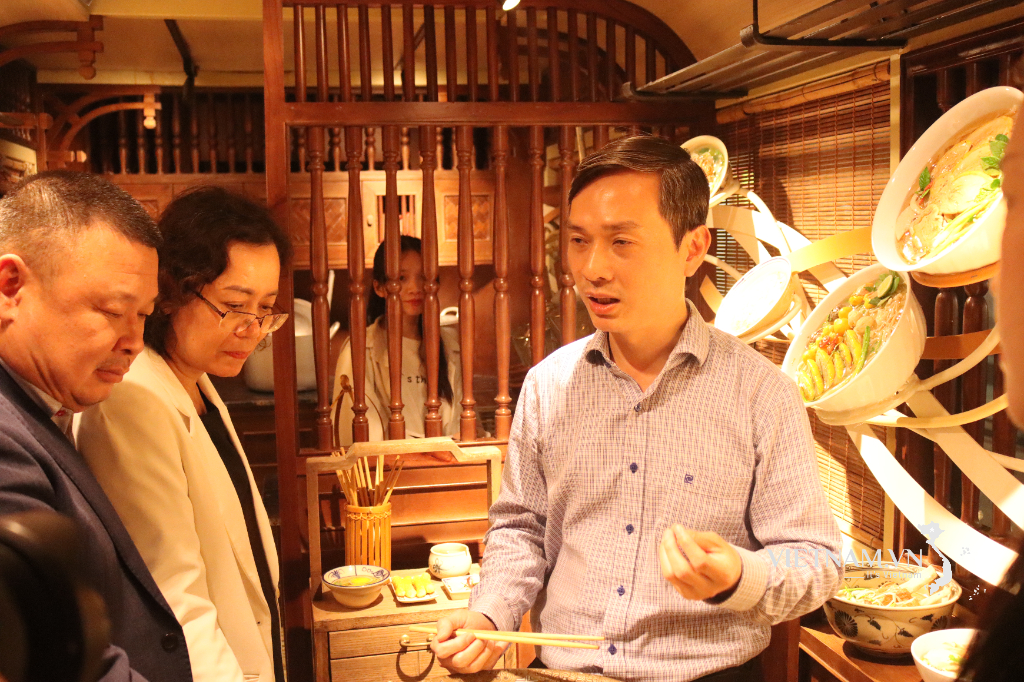
Comment (0)